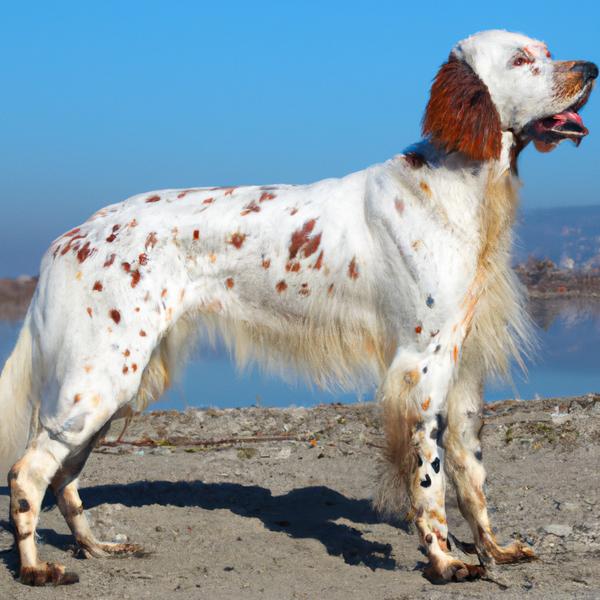English Setter vs. Eskenji: Breed Differences and Similarities
Hypoallergenic
Are English Setters or Eskenjis hypoallergenic, or neither?
Unfortunately, neither English Setter nor Eskenji are hypoallergenic, which may not make them the best choice for dog lovers who suffer from pet allergies.
Temperament
What are the personalities of English Setter and Eskenji dogs?
Strong
Willed
Gentle
Intelligent
Mischievous
Energetic
Curious
Playful
Independent
Energetic
Protective
Alert
Intelligent
Friendly
Affectionate
Shedding Level
Do English Setters shed more than Eskenjis, or which breed sheds more, English Setters or Eskenjis?
English Setter or Eskenji dogs are not heavy shedders, but they will lose a significant amount of hair each year. To decrease the amount of shedding, you can regularly brush your English Setter or Eskenji. This will remove loose hair and keep their coat growing in the same direction.
Origin
What is the origin of English Setter and Eskenji dog breeds?
England
United States
Ancestry
What are the origins of English Setter and Eskenji breeds?
Gundog, Setter, Pointer, Hunter
Basenji , American Eskimo
Date of Birth
When were English Setter and Eskenji breeds first developed?
1300s
Unknown
Eye Color Possibilites
What are the eye colors of English Setter and Eskenji dogs?
Brown
Brown
Nose Color Possibilites
What are the natural nose colors of English Setter and Eskenji?
Black
Black
Coat Color Possibilites
What are the natural colors of the coat for English Setter and Eskenji breeds?
Brown
Red
Blue
Brindle
Black
White
Cream
Coat Length
What is the typical coat length for English Setter and Eskenji breeds?
The coat of English Setter and Eskenji dogs is longer than that of the typical dog.
Coat Density
What is the density of the coat of English Setter and Eskenji?
Coat Texture
What is the hair texture of English Setter and Eskenji?
Straight
Litter Size
What is the usual litter size for English Setter and Eskenji?
An English Setter can have a litter of 10-12 puppies on average. However, it's worth noting that the size of the litters can vary greatly. Factors that can influence litter size include the health of the mother, breeding history, and genetics.
An Eskenji can have a litter of 4-6 puppies on average. However, it's worth noting that the size of the litters can vary greatly. Factors that can influence litter size include the health of the mother, breeding history, and genetics.
Adaptability
English Setter and Eskenji dogs generally have an average level of adaptability when it comes to adjusting to changes in lifestyle and different living environments compared to other breeds.
Health Issues
Between English Setter and Eskenji, which breed is more prone to health problems?
English Setter and Eskenji breeds are generally considered to be healthy. However, like all breeds, they are susceptible to certain health issues and it is important to keep an eye out for them and address them with your veterinarian as needed.
Major Concerns
What are the major health concerns for English Setter and Eskenji breeds?
Deafness
Hip Dysplasia
Osteochondritis Dissecans
Hip Dysplasia
Hypothyroidism
Legg-Calve-Perthes Disease
Progressive Retinal Atrophy (PRA)
Minor Concerns
What minor health issues should be kept in mind when owning English Setter and Eskenji?
Ectropion
Hemophilia
Atopic Dermatitis
None
Occasional Tests
What occasional tests are recommended for English Setter and Eskenji breeds?
Eye
Hip
Elbow
Hearing
X-Rays
Physical Examination
X-Rays
CT Scan
Eye Examination
Physical Examination
Blood Work
Lab Tests
Social Needs
English Setter vs Eskenji social needs comparison
English Setter and Eskenji have above average social needs compared to other breeds. They thrive in environments where they have a lot of interaction with humans and other dogs.
Sleeping Need
Which of the two sleeps the most/least: English Setter or Eskenji?
English Setters sleep less than other breeds but still need adequate sleep for good health.
Eskenjis are active and require sufficient sleep to stay healthy.
Mouthiness
Mouthiness Comparison: English Setter vs Eskenji?
Roaming urge
English Setter vs Labrador: Running away tendency?
Prey Drive
English Setter or Eskenji - which breed has a higher level of prey drive?
Activity Level
Which breed has higher energy, English Setters or Eskenjis?
English Setters are medium-energy dogs and typically enjoy socializing and playing casual or even sustained games of chase with other dogs. They may also have occasional periods of barking or racing around the house.
Eskenjis are high-energy dogs. They need mental as well as physical exercise. These dogs require a lot of your involvement and without it they can, and will, become problematic dogs.
Tolerance of being left alone
Walks per Week
How many miles should English Setter or Eskenji walk each week?
There's really no limit to how far you walk your dog as long as they're comfortable. For English Setter, it's at least 10 miles / week. Just remember to build distance and stamina gradually over time.
There's really no limit to how far you walk your dog as long as they're comfortable. For Eskenji, it's at least 14 miles / week. Just remember to build distance and stamina gradually over time.
Activity per Day
Do English Setters or Eskenjis require more exercise?
In general most English Setters usually need at least 60 minutes of exercise daily. This can be spread across the day and include all sorts of high-energy activities, like walking, running and playing.
In general most Eskenjis usually need at least 90 minutes of exercise daily. This can be spread across the day and include all sorts of high-energy activities, like walking, running and playing.
Grooming
Which breed is easier to maintain in terms of grooming, English Setters or Eskenjis?
The English Setter requires an average amount of grooming compared to other breeds.
The Eskenji has low grooming needs and is easy to maintain.
Brushing Frequency
What is the recommended brushing frequency for English Setter and Eskenji dogs?
Ideally, English Setter should be brushed at least 2 or 3 times a week (preferably daily) improve shedding.
Eskenji should be brushed at least once a week. Of course you can give them more frequent brushes if you find that they are still shedding a lot
Brushing Tools
What brushing tools are used for English Setters and Eskenjis?
Pin Brush
Comb
Nail Clipper
Pin Brush
Slicker Brush
Comb
Nail Clipper
Cups
How much food should be given to English Setter or Eskenji in cups?
For an average 60-80 pound (27 - 36 kg) English Setter feed 3.2 cups daily. But, keep in mind, the amount you feed is going to be dependent on the quality of the food you are feeding.
For an average 15-20 pound (7 - 9 kg) Eskenji feed 3 cups daily. But, keep in mind, the amount you feed is going to be dependent on the quality of the food you are feeding.
Daily Cost
Which breed has a higher daily cost, English Setter or Eskenji?
English Setter and Eskenji have a similar average daily cost of around $1.70 - $2.00.
Monthly Cost
Which breed has a higher monthly cost, English Setter or Eskenji?
When it comes to monthly expenses, both English Setter and Eskenji have a similar average cost, ranging from $48 - $63. This results in an average yearly cost of around $576 - $756.
Sensitivity Level
How do English Setter and Eskenji compare in sensitivity?
These breeds are more sensitive than others and easily overwhelmed by new surroundings and people. English Setter and Eskenji need gentle handling and a calm, stable home environment with positive reinforcement training.
Apartment Friendly
Which breed is more apartment-friendly: English Setter or Eskenji?
The English Setter is not suitable for apartments and requires a large yard to thrive. Pent-up energy in small spaces can lead to destructive behavior.
The Eskenji is a great apartment dog, thriving with sufficient exercise and time outside as part of their daily routine.
Child Friendly
Do English Setters or Eskenjis have a friendlier temperament towards children?
English Setters make excellent family pets for kids due to their gentle, protective nature and calm temperament.
Eskenjis are good with kids if socialized and trained from a young age.
Senior-friendly
Which dog is more suitable as a pet for the elderly - English Setter or Eskenji?
Cat Friendly
Do English Setter or Eskenji breeds have a better compatibility with cats?
English Setters are good with cats, but early training is needed to prevent chasing behavior.
Eskenjis are average in their friendliness toward cats and tend to do well with them, especially if raised together.
Dog Friendly
Which breed is more sociable with other dogs: English Setter or Eskenji?
English Setters are generally very friendly towards other dogs, with a happy and affectionate temperament.
Eskenjis are average in their friendliness towards other dogs, and socialization can help.
Pet friendly
How do English Setter or Eskenji dogs interact with other pets?
Stranger Friendly
Which breed is more friendly with strangers: English Setter or Eskenji?
English Setters are highly friendly around strangers.
Eskenjis are quick to announce strangers and can be standoffish or suspicious.
Playfulness
Which breed is more playful between English Setter and Eskenji?
English Setter and Eskenji are playful dogs. So, no matter how busy the day may get, the best thing you can do for English Setter and Eskenji is to make time each day to play. It can be as little as 15-20 minutes, and it will mean the world to them.
Trainability
How do the trainability levels of English Setters and Eskenjis compare?
English Setter and Eskenji dogs are known for their ease of training and ability to learn quickly, making them a popular choice for pet owners and trainers alike.
Compare English Setter with other breeds
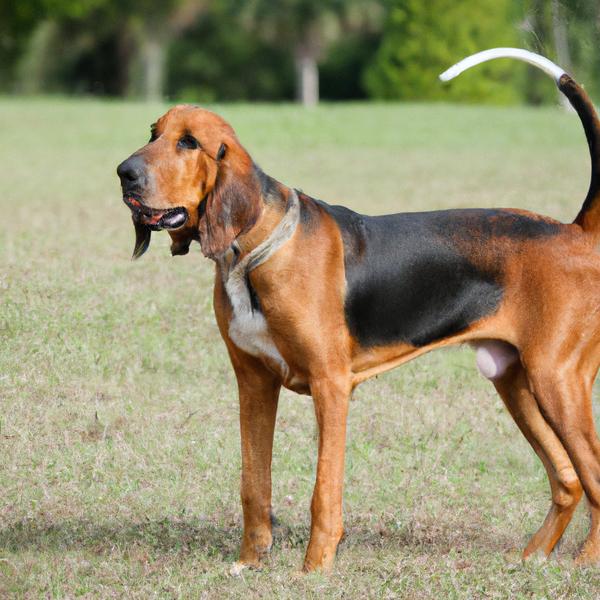
American English Coonhound
English Setter vs American English Coonhound

Labrasenji
English Setter vs Labrasenji
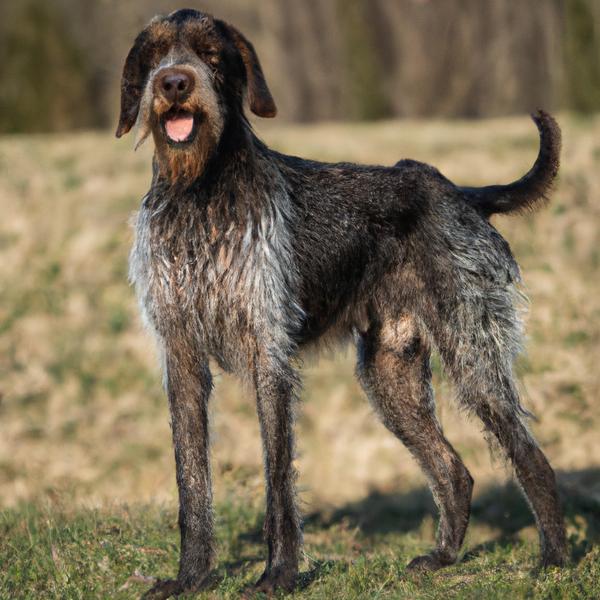
German Wirehaired Pointing Wolfhound
English Setter vs German Wirehaired Pointing Wolfhound
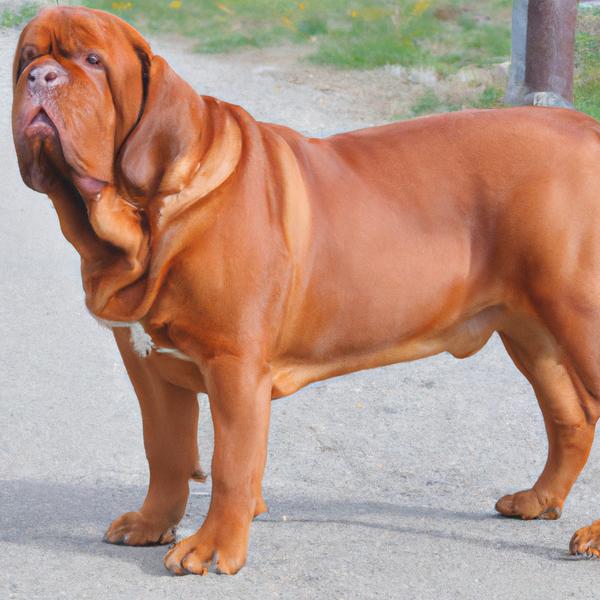
Basset Bordeaux
English Setter vs Basset Bordeaux
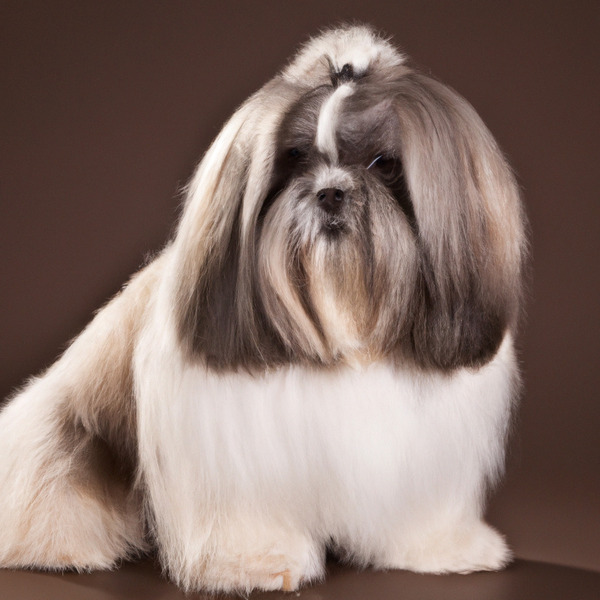
Mal-Shi
English Setter vs Mal-Shi

Ratonero Bodeguero Andaluz
English Setter vs Ratonero Bodeguero Andaluz
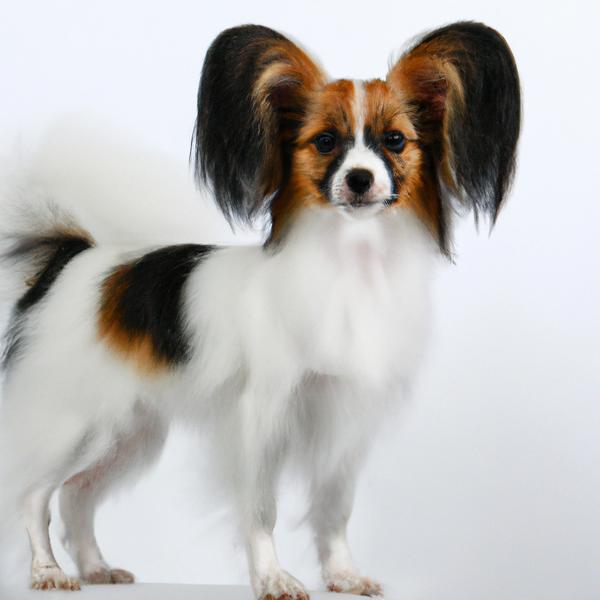
English Toy Papillon
English Setter vs English Toy Papillon
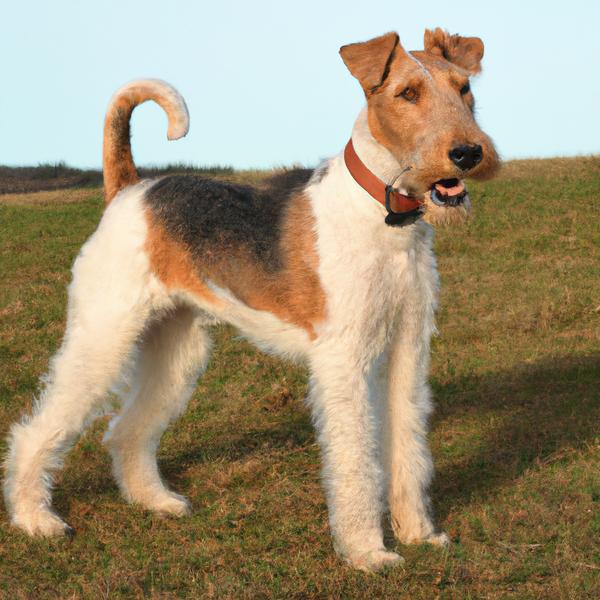
Welsh Mini Fox Terrier
English Setter vs Welsh Mini Fox Terrier
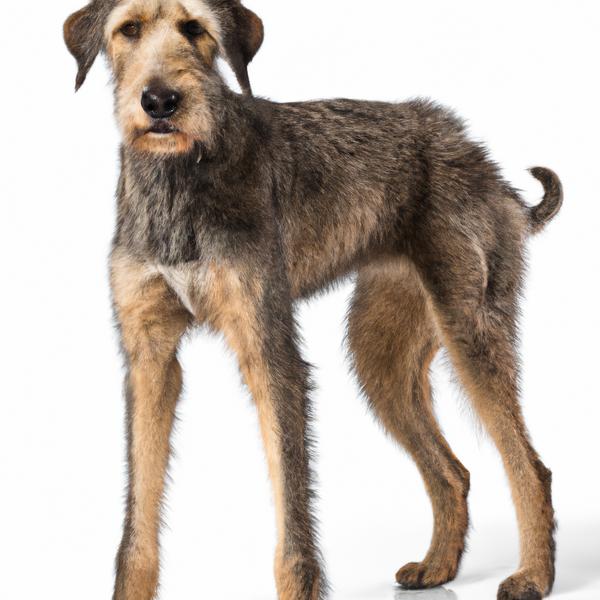
Tervard
English Setter vs Tervard
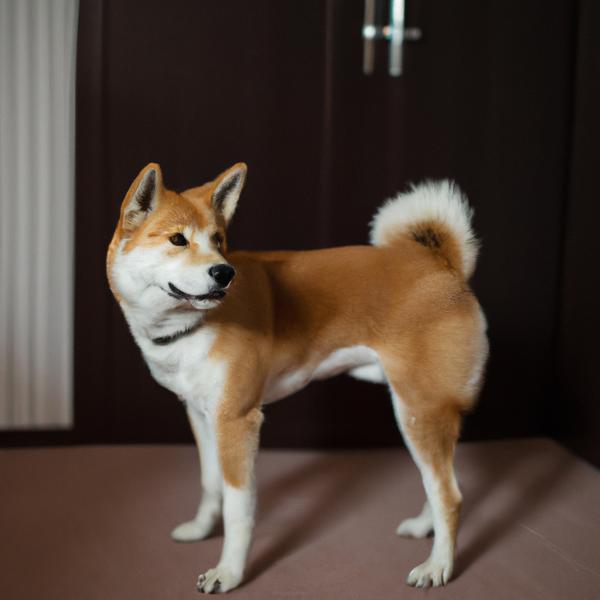
Eskenji
English Setter vs Eskenji
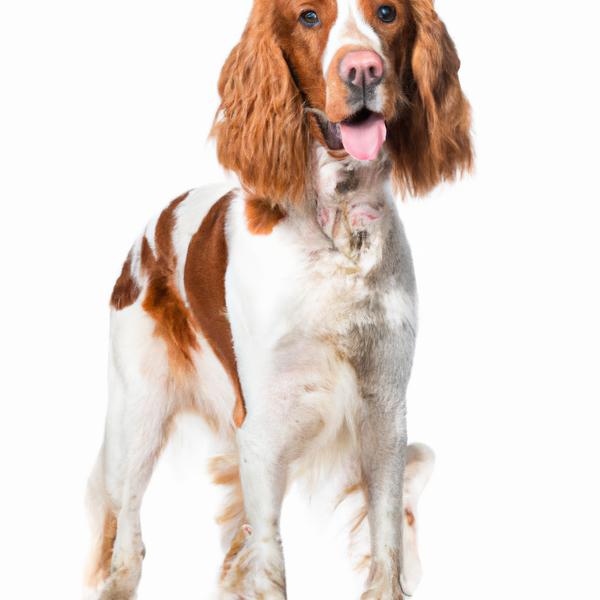
Welsh Springer Spaniel
English Setter vs Welsh Springer Spaniel
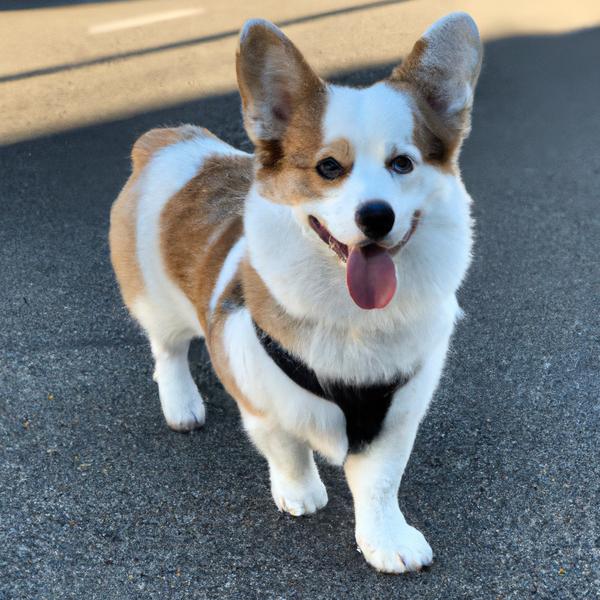
Corgi Bichon
English Setter vs Corgi Bichon
